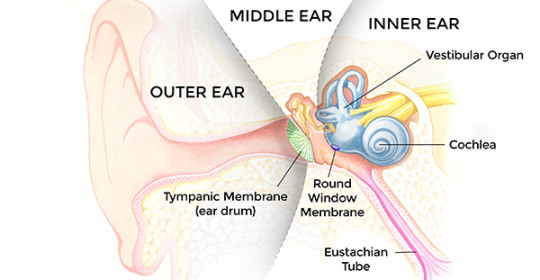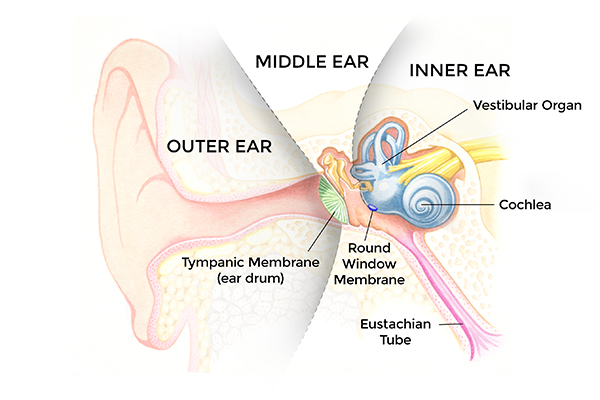
Injectable Medications to Shift the Treatment Paradigm for Middle and Inner Ear Diseases
Increasingly, physicians are treating ear diseases locally via injectable medications rather than systemically, with the goal of avoiding side effects that can accompany oral medication treatments.
Ravi N. Samy, MD, Associate Professor of Otolaryngology at the University of Cincinnati Medical Center, describes the challenge of the eardrum’s function of protecting the middle and inner ear limiting access to these areas. One option is intratympanic (IT) injection to gain this access, which can take less than 15 seconds and utilizes exceedingly small needles, thus improving patients’ willingness to undergo the procedure. These injections can be used to treat a variety of problems from vertigo to tinnitus to sudden hearing loss to Ménière’s disease.
Otonomy, Inc. is currently conducting a study of a sustained-exposure injectable formulation of the steroid dexamethasone for the treatment of Ménière’s disease in which the University of Cincinnati Medical Center is participating.1 This study, titled “A Prospective, Randomized, Double-blind, Placebo-controlled, Multicenter, Phase 2b Study of OTO-104 Given as a Single Intratympanic Injection in Subjects with Unilateral Ménière’s Disease,” uses a primary endpoint of reduction in vertigo frequency as a measure of efficacy of the injectable steroid compound, called OTO-104, over four months following a single administration.2 Other outcomes include tinnitus severity and its impact on daily activities as reported via a patient diary and questionnaire, and safety by monitoring adverse events and the use of otoscopic exams, audiometry, Word Recognition Score and tympanometry.2
The use of injectable steroids instead of invasive surgery to treat Ménière’s disease would eliminate the risks associated with surgery including those related to the use of anesthesia and other surgical complications, as well as result in significant cost savings. Furthermore, Samy comments on the potential for broader use: “The hope is that this compound could prove effective not only for Ménière’s disease, but also for sudden hearing loss where physicians routinely use oral and injectable steroids today. Steroids can increase blood supply to the inner ear, reduce inflammation, and potentially recover hearing.” Samy also foresees their work with cochlear implantation being combined with injectable steroid use to further improve patient outcomes. He concludes, “It is an exciting time. They say the 21st century will be an era marked by focus on the brain, and I think that’s absolutely correct. With the ear being so connected to the brain, much of what we do affects neurological function, and vice versa, as well as enhancing quality of life.”

Anatomy of the ear. Source: Otonomy, Inc.
 Ravi N. Samy, MD, FACS
Ravi N. Samy, MD, FACS
Associate Professor of Otolaryngology-Head and Neck Surgery
Director of the Cochlear and Auditory Brainstem Implantation Program
Director, Neurotology Fellowship
UC Department Otolaryngology-Head and Neck Surgery
Medical School: Duke University School of Medicine
(513) 558-1273
Ravi.Samy@uc.edu

